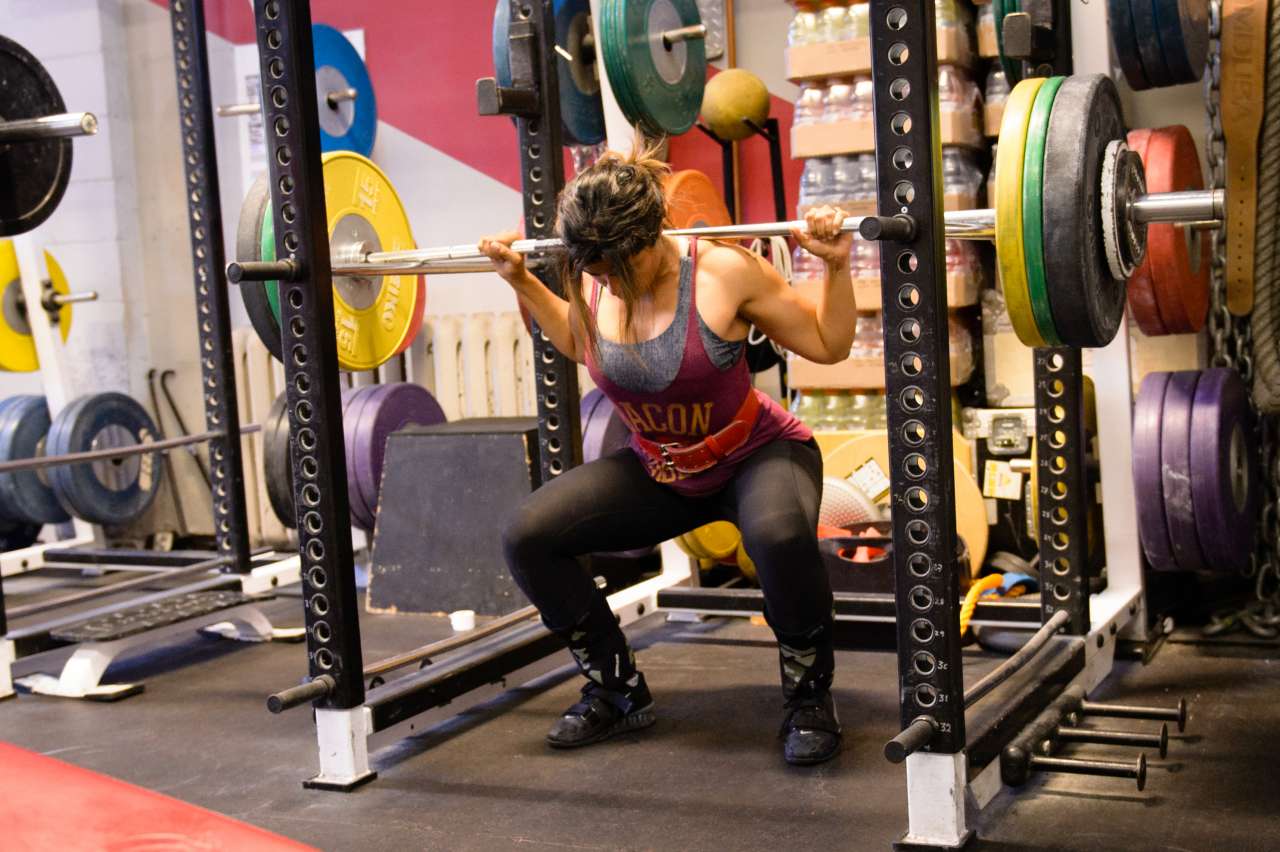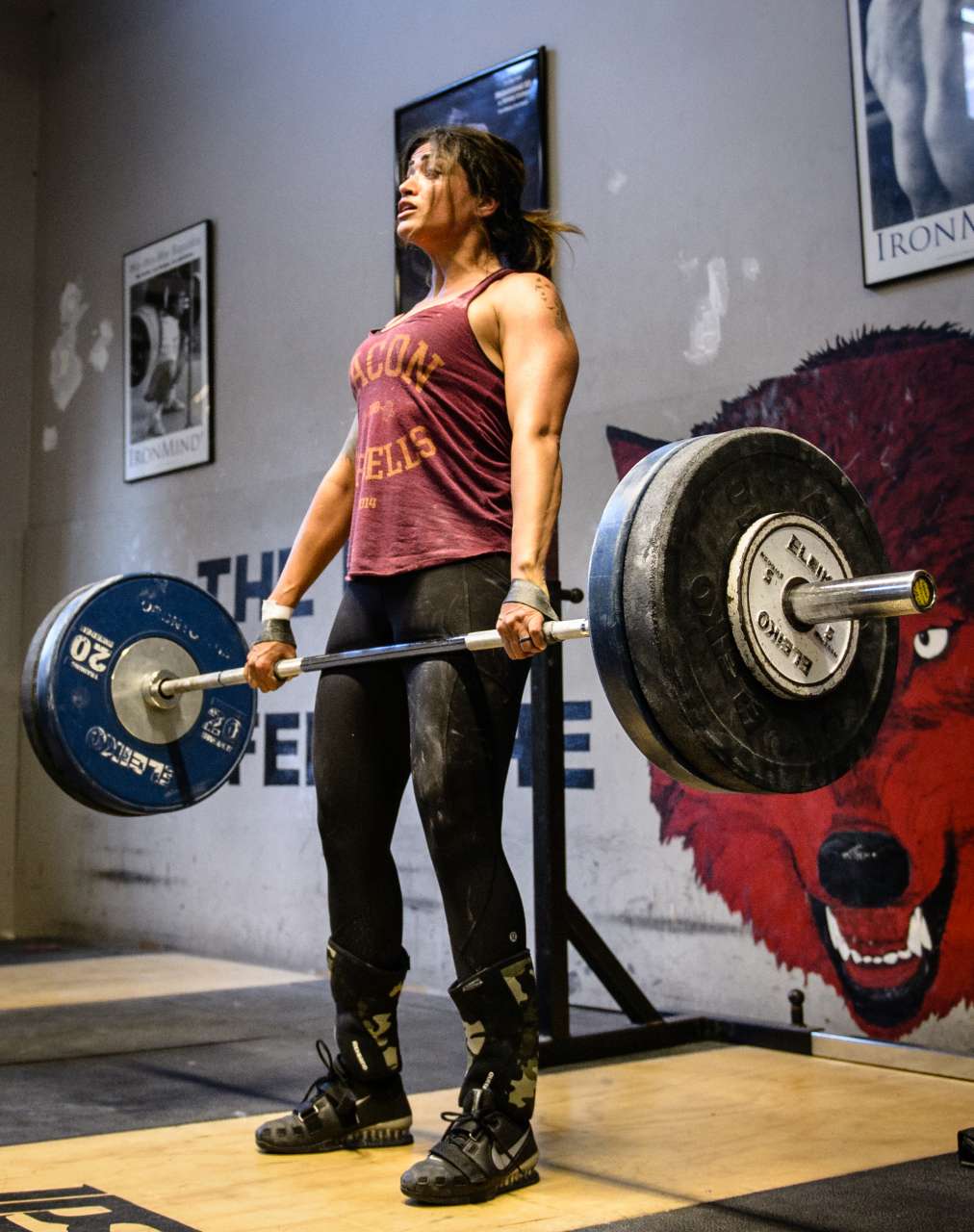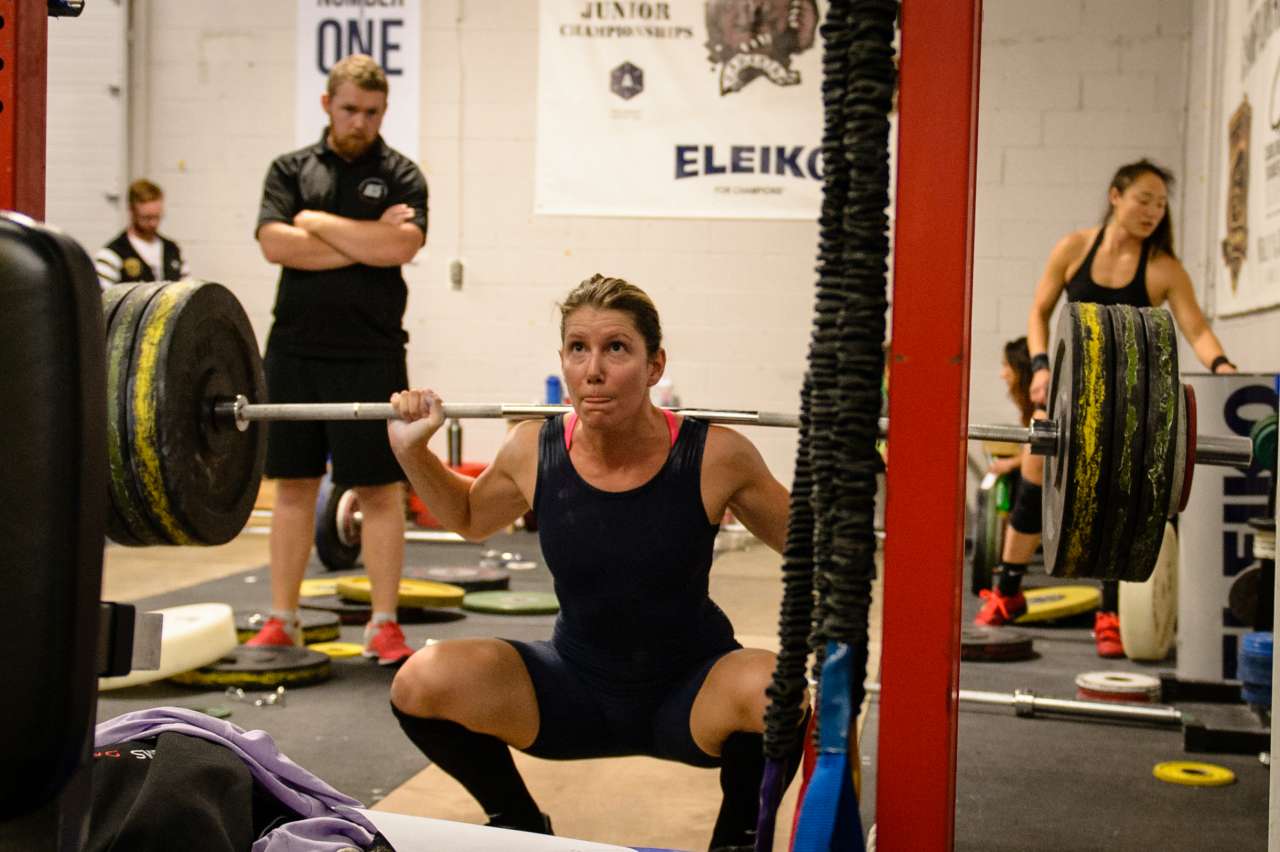Myth 1
Women should lift light weights for high repetitions. This drives me crazy! It’s 2016 and people still believe this nonsense. This myth is simply that – a myth. If a woman wants to create meaningful physiological adaptations she has to lift heavy weights for a reasonable number of reps (usually between 6 to 12 reps).
It is important to get as close to failure in a set as possible without failing or using poor form. The point is to push the body as hard as you can within the set and rep scheme assigned.
For example, say your program calls for 3 sets of 10 reps of a biceps curl. You DO NOT want to do 3 x 10 with a weight you can do for 20 reps. Depending on the exercise and your level of technical with that exercise, you want to stop the set with no more than 2 or 3 reps in reserve, if that.
I usually test my female clients by telling them to do as many reps as possible for the last set of each exercise. This ensures they get the response they want from training, which is usually increased muscle “tone” and fat loss. It also gives me feedback on whether or not the weight they are using is sufficient. If I push them to complete as many reps as possible for the last set of 10 reps and they are able to perform 20 or 25 reps the weight is clearly too light and their previous sets were not in the intensity zone required for results!
If they push themselves hard and can only complete 12 or maybe 15 reps on their final set then they are in the intensity range that will produce results.

Myth 2
Women should use machines, not free weights: This myth derives from the fear of getting hurt with free weights. However, as long as proper lifting technique is used, it is actually the machines that will hurt you over time, not the free weights. The reason for this is simple – machines lock you into a predetermined pathway, which inhibits the use of the relevant stabilizer muscles and stresses the body over time.
In life we are not locked into a predetermined pathway so why would you train that way? Say you are walking down the street and you have to jump out of the way of cyclist. If your training has been limited to machines, you are much more likely to get hurt as your stabilizer muscles have not been trained.
Using free weights is easy; just get a competent trainer to help show you correct lifting technique and proper methods for using free weights to attain your goals. Just remember that while there are thousands of Personal Trainers out there these days, they are not all created equal. Do some research to help ensure you find a Trainer who is most likely to help you achieve your goals.

Myth 3
Weight training will bulk women up: “I don’t want to look bulky and look like a man, I only want to tone up my muscles.” Listen, the only way a women is going to look like those female bodybuilders that are huge and massive is if they take drugs containing male hormones. There is no way a typical female is ever going to look like that just lifting weights, it’s impossible. This is particularly true for the vast majority of women who are not training 4-6 times a week, with maximum intensity, on a consistent basis, for several years.
The problem is, these bodybuilding and fitness magazines are not telling you that many of the women are taking drugs to some extent, and that all of the very muscular female bodybuilders are taking significant amounts of these powerful drugs. Fitness models on the other hand do not need to be so big and muscular so most of them are not on any performance enhancing drugs.
The bottom line is you should not be afraid of lifting weights, and not be afraid to train hard and heavy because I can guarantee you won’t be growing a huge set of arms (or a beard) any time soon. The funny thing is that most ladies want to train with high reps, which is actually relatively more likely to bulk them up, or maximize muscle growth.
Lifting heavy weights for just 1-3 repetitions per set builds relative strength and tone, but does little to increase the size of the muscle. So most people have it backwards. In sports like weightlifting and wrestling, where most of the competitors have strict weight limits, the women who are not in the top weight class are not bulky at all and they avoid training using too many repetitions for too long as this will eventually push them into a higher weight class.
The bottom line for both men and women is to Train Heavy, Train Frequently, Train Hard and Train To Full Range of Motion.

Leave A Comment